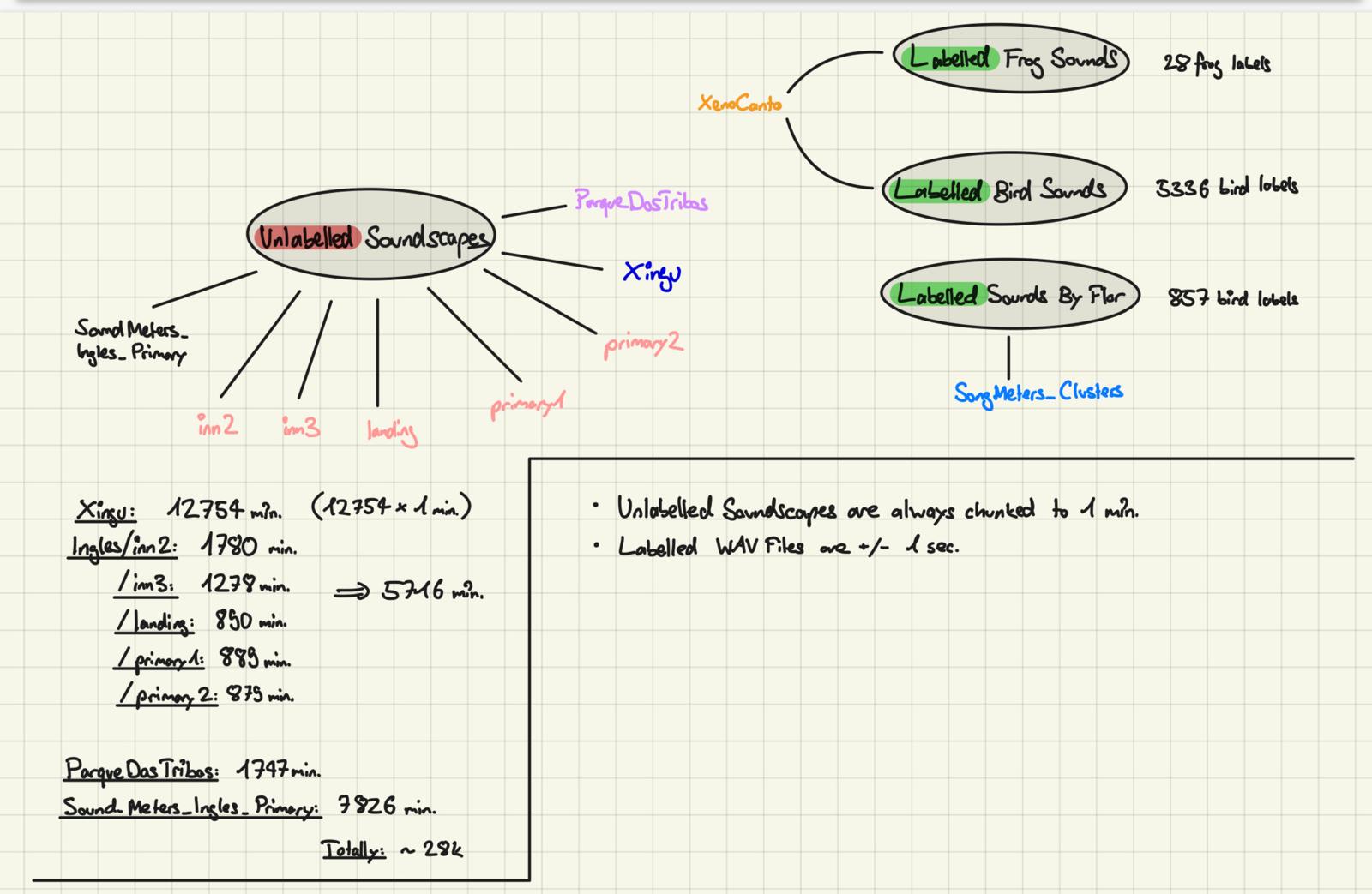Spaces:
Sleeping
A newer version of the Gradio SDK is available:
5.1.0
title: empty string
emoji: 🗅
colorFrom: green
colorTo: yellow
sdk: gradio
sdk_version: 4.31.5
app_file: app.py
pinned: false
license: apache-2.0
Brainforest EcoHackathon 2024, Group "" (pronounced empty string)
welcome and minimal setup
hi all, i think when we start with the EDA, it suffices if anyone just uses what they are used to (f.e. conda or whatever). However, afterwards, i think it could be helpful that everyone, always has exactly the same environment, same package/python versions, which is why i propose working with docker to minimize headaches and "but it works on my machine" issues. I think with this minimal setup below, we can fully focus on hacking while not having pain with painful stuff.
please feel free to add / change / challenge things!
- notion page
- read how to setup docker for linux (ubuntu) here
- read how to setup docker for mac here
how docker compose works
essentially, you just have to build the container with the services you want. if you're interested in it i can go into more detail just let me know.
clone the repo
navigate to dc/dev and run:
docker compose up -d --build
only use the --build flag the first time around, or if you want to rebuild the container (e.g. when having added a package you need in the container). NOTE: the -d flag stands for detach which means that your docker container runs in the background and does not log everything into your console.
- then, to check whether everything worked hit:
docker ps
for this specific setup, you can head to
localhost:8888where jupyterlab is running.to create a new file (using jupytext, see below), just create a new .ipynb file, the .py file will be created automatically. all the changes you make in the notebook, will be reflected in the .py files which you then can use for your commits.
now you shoold see the running docker containers.
what about huggingface spaces:
- IMO we have two options:
- connect hugginface space of our group to this repo using github actions
- have separate hugginface space (might be a pain)
jupytext - nice versioning of jupyter notebooks
- we are likely be working with jupyter notebooks alot
- lets use jupytext
- It automatically maps .ipynb to .py files with some magic
- The .ipynb are in the gitignore, so we only have .py files nicely versioned in the repo
trunk based development
- lets stick to trunk based
- if you dont know what it is, read all about it here
- or read the key take aways
code format
lets stick to Black for python and Prettier for .md and other formats
using docker for the purpose of formatting is really easy
chmod +x formatso that theformatfile is executable- then simply use
./formatbefore adding your changes and all the files will be autoformatted
